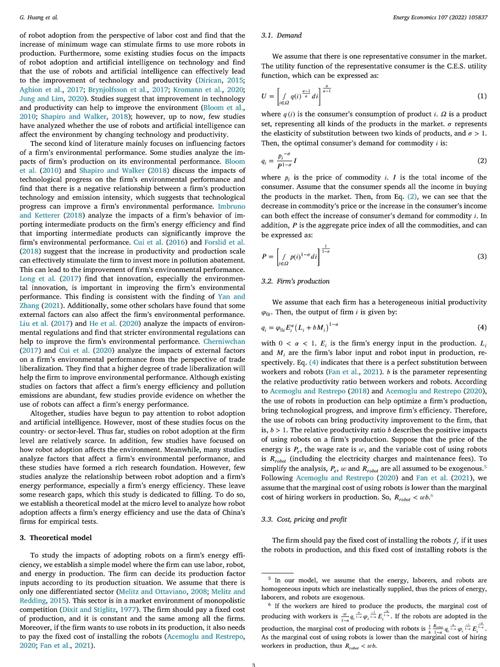
Understanding Energy Economics and Policy: A Detailed Overview for You
Energy economics and policy are crucial aspects of modern society, influencing everything from the cost of electricity to the environmental impact of energy production. In this article, we delve into the intricacies of energy economics and policy, providing you with a comprehensive understanding of the subject.
What is Energy Economics?
Energy economics is the study of how energy is produced, distributed, and consumed. It examines the economic factors that drive energy markets, including supply and demand, prices, and the costs of production. By understanding energy economics, we can better predict future trends and make informed decisions about energy policy.
Energy economics is rooted in the principles of microeconomics, which focus on individual markets and the behavior of consumers and producers. It also incorporates elements of macroeconomics, which look at the broader economic picture, including the role of energy in the global economy.
Key Concepts in Energy Economics
Several key concepts are central to energy economics. These include:
- Supply and Demand: The fundamental forces that determine the price and availability of energy.
- Market Equilibrium: The point at which the quantity of energy supplied equals the quantity demanded, resulting in a stable price.
- Opportunity Cost: The value of the next best alternative that is forgone when a choice is made.
- Externalities: The costs or benefits that are not reflected in the market price of energy, such as pollution or health effects.
Energy Policy: A Brief Overview
Energy policy refers to the set of rules, regulations, and incentives that governments use to influence energy markets and achieve specific goals. These goals can include reducing greenhouse gas emissions, ensuring energy security, and promoting economic development.
Energy policy can take many forms, including subsidies for renewable energy, regulations on carbon emissions, and mandates for energy efficiency. The effectiveness of energy policy depends on a variety of factors, including the political will of the government, the interests of energy producers and consumers, and the availability of technology.

Types of Energy Policy
There are several types of energy policy, each with its own objectives and methods:
- Regulatory Policy: This type of policy involves setting rules and standards for energy production and consumption, such as emissions limits and energy efficiency requirements.
- Subsidies: Governments can provide financial incentives to encourage the production and consumption of certain types of energy, such as renewable energy or energy-efficient appliances.
- Market-Based Policies: These policies aim to influence energy markets through mechanisms such as carbon pricing or cap-and-trade systems.
- Public Investment: Governments can invest in energy infrastructure, such as transmission lines or renewable energy projects, to promote the development of new technologies and reduce costs.
Energy Policy Challenges
Implementing effective energy policy is not without its challenges. Some of the key challenges include:
- Political Will: Achieving consensus on energy policy can be difficult, as different stakeholders have competing interests.
- Technological Barriers: Developing new energy technologies can be expensive and time-consuming.
- Market Inefficiencies: Energy markets can be complex and subject to various distortions, making it difficult to achieve desired outcomes.
- Public Acceptance: Energy policy decisions can be controversial, and public acceptance is crucial for successful implementation.
Case Study: Germany’s Energy Transition
Germany’s energy transition, known as the Energiewende, is a prime example of the challenges and opportunities associated with energy policy. In the early 2000s, Germany set a goal of phasing out nuclear power and increasing the share of renewable energy in its electricity mix to 80% by 2050.
The Energiewende has faced numerous challenges, including high costs, grid integration issues, and public opposition. However, it has also led to significant investments in renewable energy and has positioned Germany as a leader in the global renewable energy market.
Table: Key Energy Policy Initiatives
| Policy Initiative | Description |
|---|---|
| Renewable Portfolio Standard (RPS) | Requires utilities to generate a certain percentage of their electricity
Related Stories |



